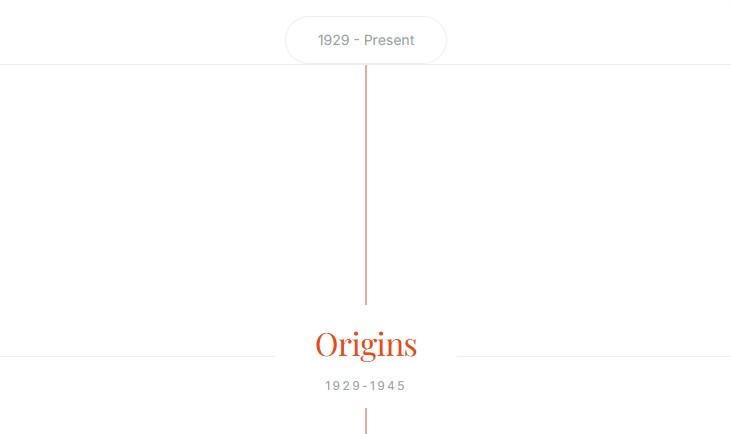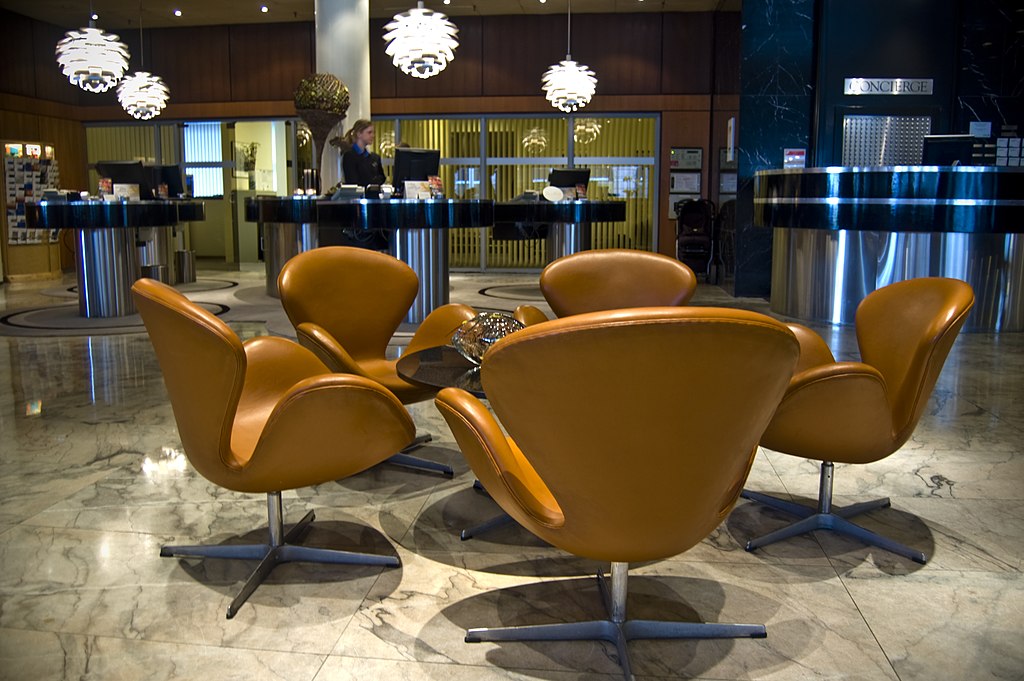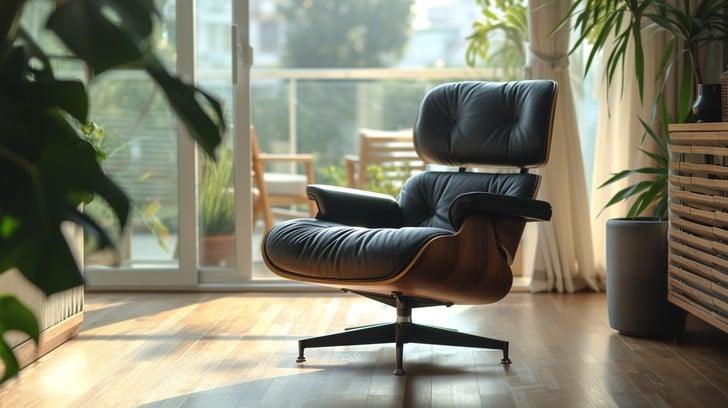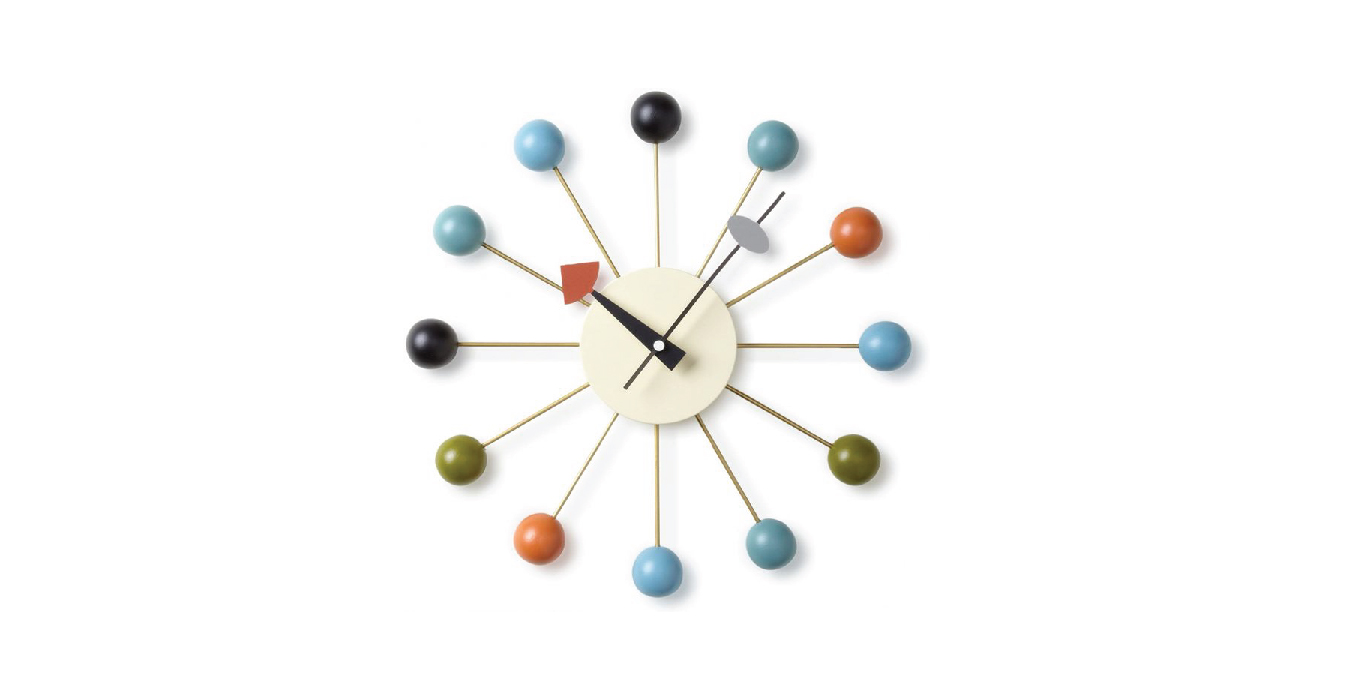
Mid-Century Modern
The golden age of design, decoded
At Modernhaus, we believe mid-century modern furniture deserves comprehensive documentation - not locked away in museum archives, but made accessible to collectors, enthusiasts, and anyone trying to understand why a 1956 chair still works in a 2025 home. This is design history preserved through detailed study and made practical for contemporary use.
Explore the designers, furniture, and ideas that transformed how we live. From the Bauhaus migration to California's Case Study Houses, discover the movement that made modernism democratic.

The Designers
Meet the visionaries who revolutionized how we live, from Eames to Perriand

The Timeline
Trace the evolution from 1929 to 1975, year by iconic year. The timeline that makes you look smart at design stores.

Furniture Index
A curated catalog of iconic chairs, tables, and storage pieces that defined an era
Recent Articles

Arne Jacobsen's SAS Royal Hotel: Egg & Swan Chairs
The complete design ecosystem where Jacobsen created his most iconic chairs for Copenhagen's modernist landmark.
January 15, 2025
The Eames Plywood Chairs: DCM, LCW & Lounge
How Charles and Ray Eames perfected molded plywood technology to create what Time called the best design of the 20th century.
January 8, 2025
George Nelson Clocks: Manufacturing & Market Impact
The story of how Nelson's playful wall clocks became icons of American modernism and transformed the home decor market.
December 29, 2024Why Mid-Century Modern Endures
Mid-Century Modern was not just a style. It was a philosophy about how design could improve daily life. These designers believed beautiful things should not be reserved for the wealthy. They used new materials and manufacturing techniques to make good design accessible.
That is why a 1956 Eames lounge chair still looks right in a 2025 living room. Good proportions, honest materials, and human-centered design do not go out of fashion.
At Modernhaus, Mid-Century Modern documentation serves practical ends: making informed purchases, understanding manufacturing details that affect value, recognizing quality construction, and learning why certain pieces deserve their iconic status beyond marketing hype.
This is where curatorial knowledge meets the vintage marketplace, where design history informs contemporary collecting.